Get full access with a free account
Benefits of the Coloplast® Professional Educational platform
- Get full access to all educational content, events and resources
- Track your progress
- Share content with your collegues
- Share supporting material with your patient
Introducing Micro-hole Zone Technology
Micro-hole Zone Technology ensures complete bladder emptying in one free flow*. By reducing mucosal suction, it eliminates the need for repositioning and reduces the risk of residual urine and microtrauma.1,2
Learn how Micro-hole Zone Technology works
Intermittent catheters with Micro-hole Zone Technology have a zone of micro-holes, designed to reduce the risk of UTIs. Micro-hole Zone Technology enables1:
- One free flow – The urine flow stops when the bladder is completely emptied*
- No repositioning – There is no need to reposition the catheter as mucosal suction is reduced
- Less risk of UTIs – Designed to reduce the risk of UTIs† by minimising residual urine and bladder microtrauma‡
*The Micro-hole Zone Technology catheter has close to no flow stops and complete bladder emptying is defined as <10 mL (NCT05485922, N=42). Individual results may vary
† UTI risk factors defined by Kennely M et al. (2019), 10.1155/2019/2757862.3
‡Tested in a pre-clinical setting (ex vivo)
Drains the urine in one free flow
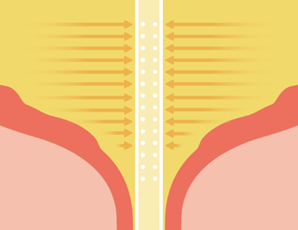
Designed to drain urine at the bottom of the bladder across a zone of micro-holes. 1
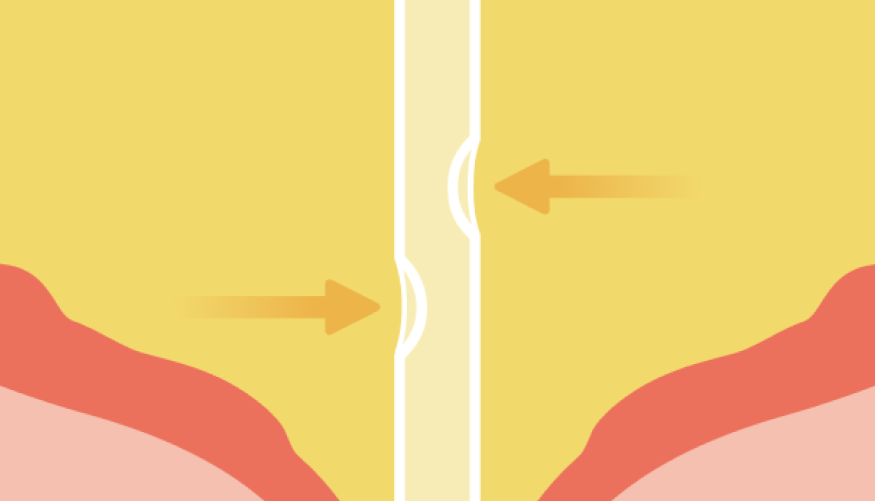
Two eyelets for urine draining.
No need for repositioning
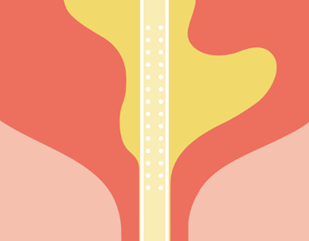
Reduces mucosal suction of the bladder wall. 1
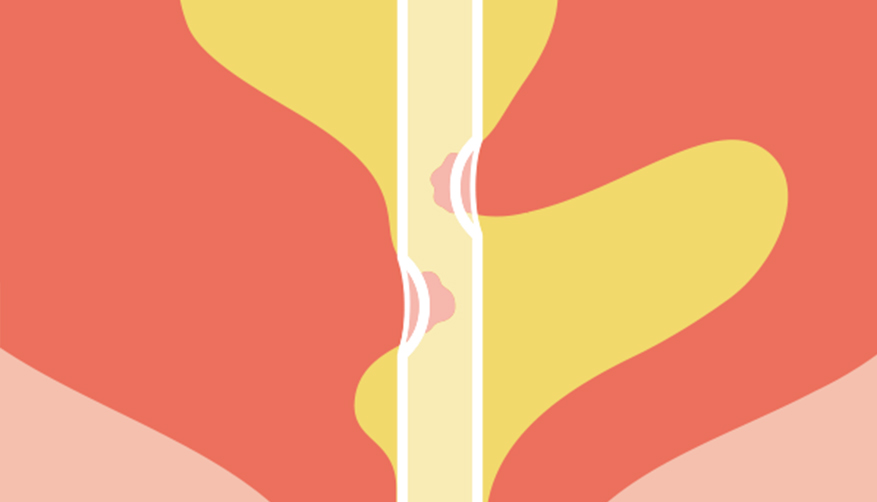
Leads to mucosal suction, causing the urine flow to stop. These flow stops may give a false indication of an emptied bladder. 2,4
Less risk of UTIs

Is designed to reduce the risk of UTIs. 1,3
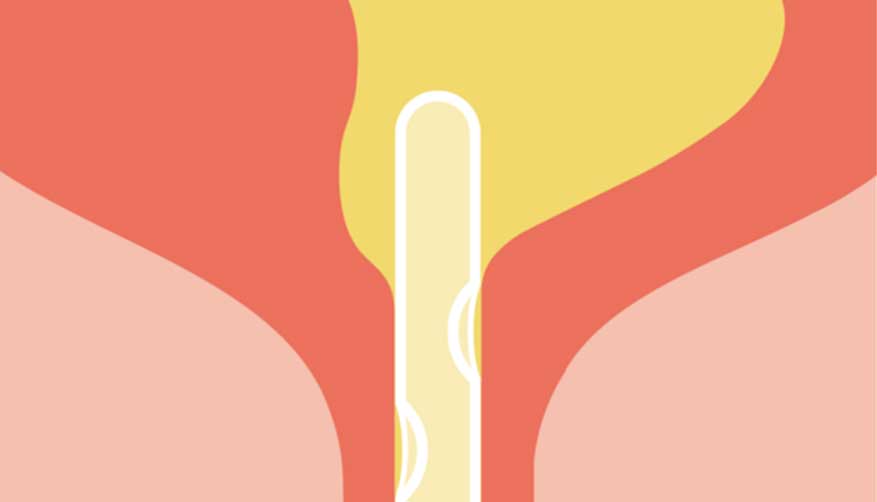
If residual urine is left behind in the bladder, bacteria may thrive and potentially lead to the development of UTIs. 5,6
What evidence is there about Micro-hole Zone Technology?
Micro-hole Zone Technology is designed to reduce the risk of UTIs among IC users, according to a comprehensive set of pre-clinical and clinical activities. Click to learn more about the pre-clinical activities presented at global conferences.
Pre-clinical posters:
